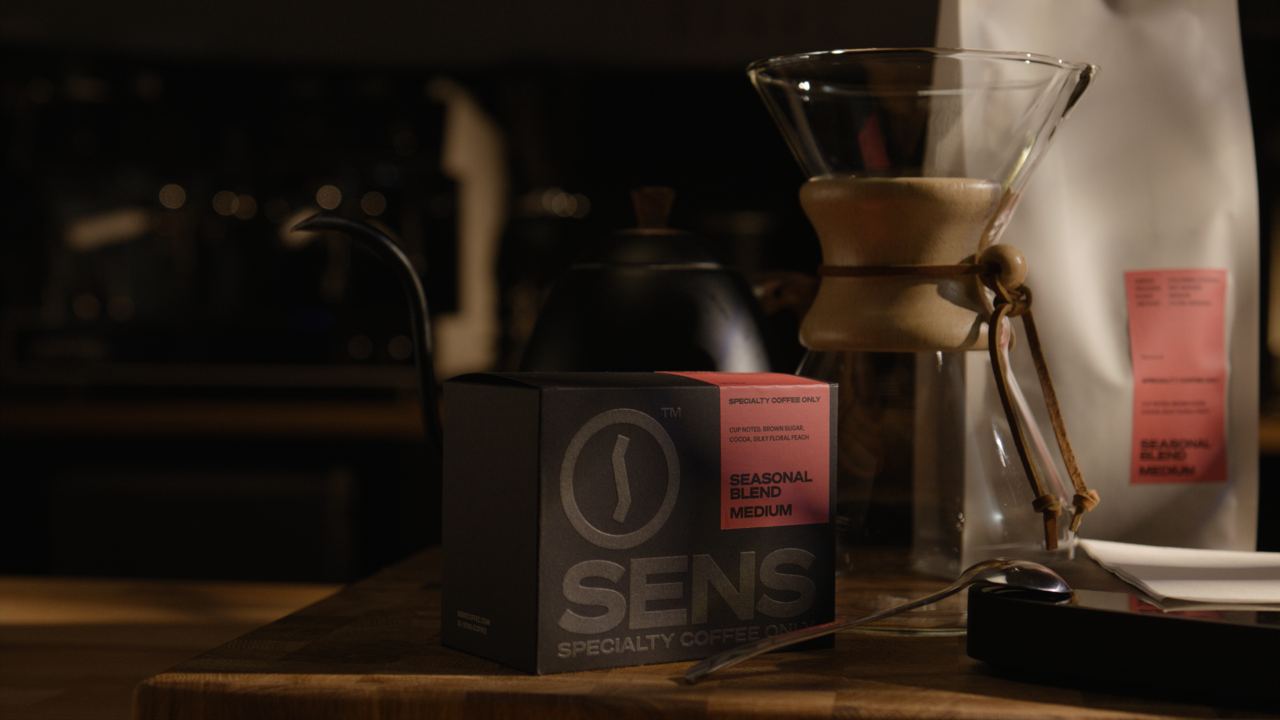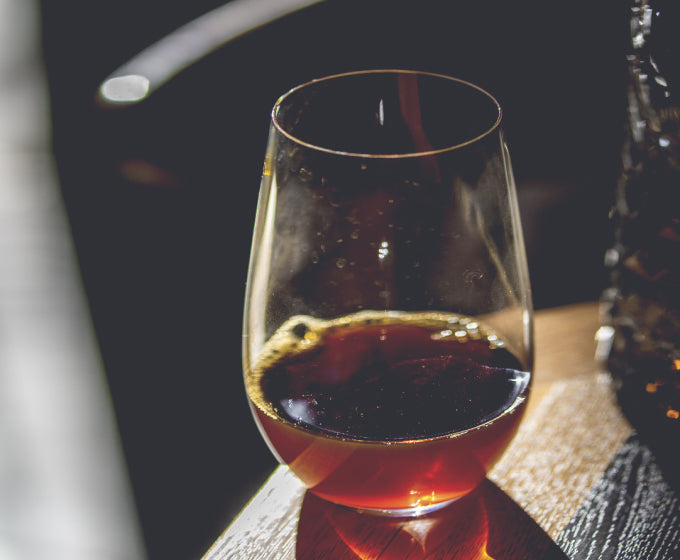For Beamlak Bekele, coffee has always been a part of life. One of her earliest memories is watching her father cup coffee in a laboratory in Addis Ababa, Ethiopia. Despite growing up in a coffee-centered family, she initially pursued architecture and urban planning, never expecting to follow in her father’s footsteps—let alone place second in Ethiopia’s national barista championship.
At the encouragement of her sister Sofia, Bekele took a quality control course and began working as a coffee laboratory assistant at Addis-based Tsega FTA. She later became a green coffee export manager with Siniws Business, where she gained a deeper understanding of the global coffee market and the inequities within it.
“I saw a lot of injustice and inequity,” she said. “A lot of people weren’t passionate about coffee. Many in Ethiopia see it only as a means for foreign exchange or a way to import goods.”
Determined to make a difference, Bekele began working with the gender-equity-focused nonprofit Equal Origins and later became the project coordinator for the Ethiopian chapter of the International Women’s Coffee Alliance. Her current work focuses on inclusivity, coffee education, and environmental protection. She also worked part-time as a barista at Cherish Addis Cafe, where she trained for the national barista championships.
“I feel very privileged,” she said. “Being fluent in language gives me opportunities that many in coffee, especially women at the farm level, don’t have. They have little access to education, training, or a global perspective on coffee. There’s still a long way to go, and those of us with privilege have a responsibility to be the voice for others who don’t have the same opportunities.”
Bekele strongly believes in a mutual exchange of knowledge, emphasizing that people in coffee-producing countries have just as much to teach as those in consuming countries.
“People come to Ethiopia for origin trips, and we are always welcoming,” she said. “But when it comes to reciprocity, people from here can’t afford to attend most international expos. The ironic part is that when important discussions about producer countries happen, we rarely see actual representation from those countries.”
Given her passion for fostering meaningful dialogue, Bekele was grateful to participate in the recent Barista Exchange with Cxffeeblack.
“It was a great experience to have a space where we could share not just the challenges we face in the industry but also our hopes for the future,” she said.
What about coffee excites you the most?
I’ve always been curious about how things work, and coffee is such a vast topic—the science, the art, the sensory skills, the barista craft. I’m always eager to learn more.
Beyond that, I love the passion people have for coffee and how it connects them. Despite the injustices in the industry, coffee fosters deep connections across the world. That bond between people, regardless of geography, is powerful, and I believe it has the potential to drive positive change in the industry.
What about coffee troubles you the most?
The injustices in the industry. It’s not fair that people from producing countries don’t have the same opportunities to voice their opinions or participate in global conversations.
What would you be doing if it weren’t for coffee?
I studied architecture and urban planning, but I don’t think I would have stayed in that field. I’m fascinated by how people’s experiences shape who they are, so I’d probably be a psychologist or therapist.






